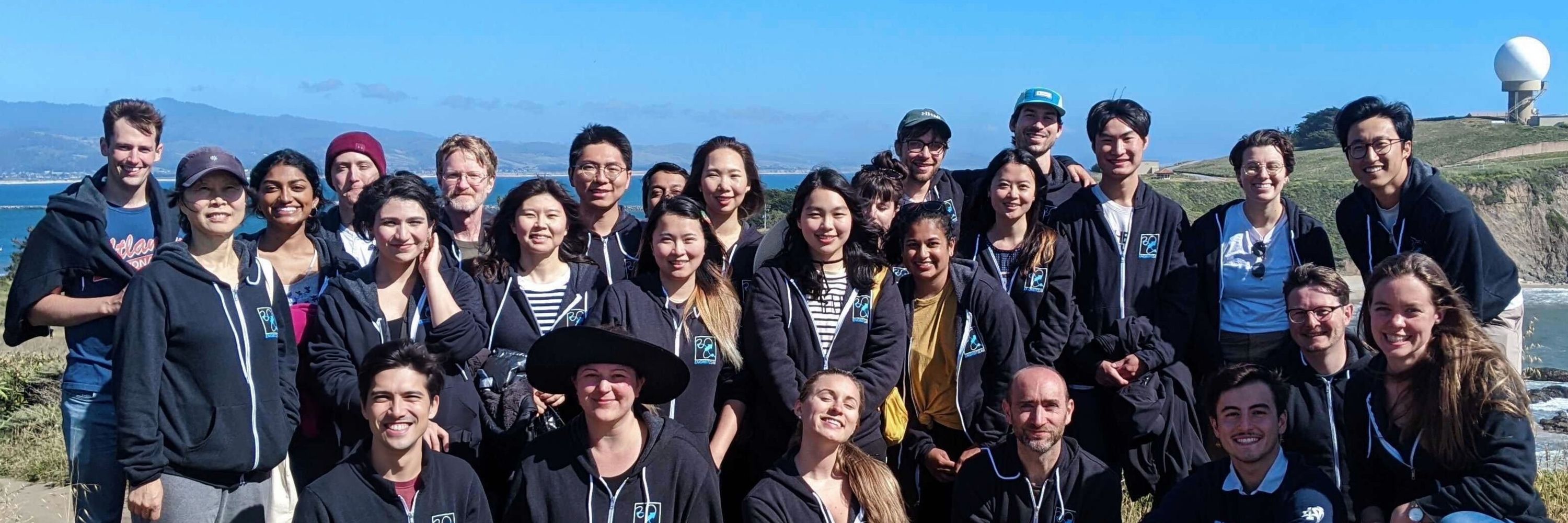Jesse Engreitz
@jengreitz.bsky.social
1.5K followers
170 following
36 posts
Assistant Professor @ Stanford Genetics & BASE Initiative. Mapping the regulatory code of the human genome to understand heart development and disease. www.engreitzlab.org
Posts
Media
Videos
Starter Packs
Reposted by Jesse Engreitz
Reposted by Jesse Engreitz
Reposted by Jesse Engreitz
Reposted by Jesse Engreitz












